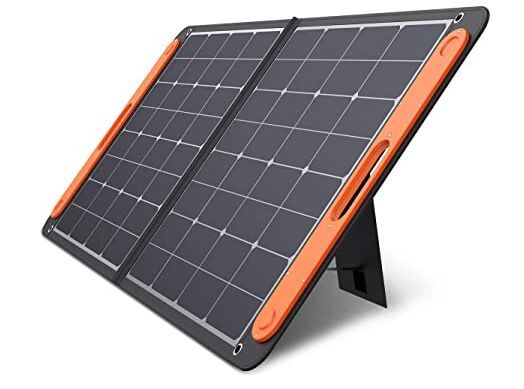Solar cell, also known as "solar chip" or "photocell", is a photoelectric semiconductor sheet that uses sunlight to directly generate electricity. As long as it is illuminated by a certain illuminance condition, it can instantly output voltage and generate current when there is a loop. In physics, it is called photovoltaic (Photovoltaic, abbreviated as PV), or photovoltaic for short.

poly solar module: 500 watt solar panel
Solar cell is a device that directly converts light energy into electrical energy through photoelectric effect or photochemical effect. Crystalline silicon solar cells that work with the photoelectric effect are the mainstream, while thin-film solar cells that work with the photochemical effect are still in their infancy.
Sunlight shines on the semiconductor p-n junction to form new hole-electron pairs. Under the action of the built-in electric field in the p-n junction, the photo-generated holes flow to the p-area, and the photo-generated electrons flow to the n-area. After the circuit is turned on, a current is generated. This is the working principle of photovoltaic effect solar cells.
Single crystal perovskite solar cells are developing rapidly in terms of SCTF growth and efficiency improvement. The latest report on perovskite solar cells shows that these materials have the potential to further improve the efficiency of perovskite solar cells, but these materials still face challenges such as interface trapping charge, thickness control, interface engineering, and large-area manufacturing.

In addition to higher efficiency and better stability, single crystal perovskite solar cells provide an excellent model system for further research on the working principles of perovskite interfaces and grain boundaries.
Therefore, single crystal perovskite solar cells should receive the same attention as polycrystalline perovskite solar cells. Considering the excellent photoelectric performance and stability of perovskite, it is expected that in the near future, the efficiency and stability of single crystal perovskite solar cells will exceed that of polycrystalline solar cells.
However, higher efficiency and better stability are only an upper limit for the optimization of polycrystalline solar cells. In contrast, large-area manufacturing strategies, especially those that meet industry standards, are more important for realizing the practical application of single crystal perovskite solar cells. The simple manufacture of high-quality, large-area perovskite SCTFs will undoubtedly make monocrystalline perovskite solar cells an excellent substitute for future photovoltaic applications.